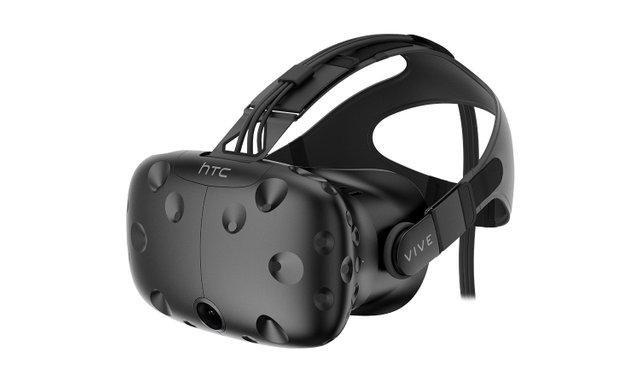Valve is opening up its Vive VR trackers to custom hardware

A new Valve program will let companies use the HTC Vive virtual reality tracking system for their own hardware. Under the SteamVR Tracking license, product designers can buy sensors like those on the Vive headset and controllers, attach them to their own products, and then track them with the Vive’s base stations. This means that developers could make their own custom motion controllers for the Vive — or, in the long run, that Valve could establish a motion tracking standard for all kinds of objects. Valve isn’t attaching any licensing fees to its system; an FAQ says "the largest value for our customers and for Valve will come from allowing SteamVR Tracking to proliferate as widely as possible." A third-party company called Triad Semiconductor sells the sensors directly, although Valve is offering a development kit with 40 sensors, circuit boards, and two official Vive base stations. While Valve suggests people could one day build their own versions of these, too, for now the base stations are required for tracking. There's also a modular reference object that people can use to start building their own projects, seen below. "The reference tracked object comes with a handle that has a few sample buttons on it. Hardware developers can replace that handle with their own device and still use the reference shape for tracking," a Valve spokesperson elaborated. "They can also take the reference tracked object apart and use the tracking board out of it in a shape of their own design."
The kit is free for developers, but in order to participate in the program, each company must send at least one person to a $3,000 training course held in Seattle. The first of these multi-day programs will be held in mid-September, and Valve says that at some point in the future, it hopes to eliminate the in-person training requirement. Companies don’t need their products approved by Valve in order to sell them, although they will need to comply with the terms of the license. Valve doesn’t give a definitive list of how people will use its tech, but it references tracking for "VR golf clubs," indoor drones, and custom head-mounted displays. The most obvious short-term option is custom peripherals for the HTC Vive itself, whether that’s a controller with custom options for a software program or a more convincing weapon for a VR game. In the longer term, it could be used in any product that needs motion controls or motion capture options. These products don't necessarily have to be VR-focused The Vive’s tracking system — which Valve developed and then built into a commercial product with HTC — is different from the camera system used by the Oculus Rift or PlayStation VR. Its two base stations emit lasers that hit the sensors on the Vive headset or any other tracked object, and the SteamVR software uses these to triangulate its location. This means that the base stations don’t need to be attached to a computer, only plugged into a wall. While it’s strongly associated with the HTC Vive, SteamVR has never been explicitly restricted to that headset, and the Steam platform supports games for the Oculus Rift and OSVR development kit. But this is the first time that Valve has explicitly urged people to start building their own products based on Vive hardware. And as the company’s suggestions show, it doesn’t necessarily need to be related to the Vive — or to virtual reality headsets at all.
- SourceSteamVR Tracking
- Valve (1), (2)
ps. cheetah definition: a nerd bot made by some 3rd party government agency or people who believe in conspiracy theories etc. in fact you believe that with withhold the power of speech and free internet information you can pimp a profit, which you did not actually ... well done keep calm and hate close source aristocracy minds ... ohm and don’t forget to also vote your comment with your second profiles you going to earn more harass power to trade after